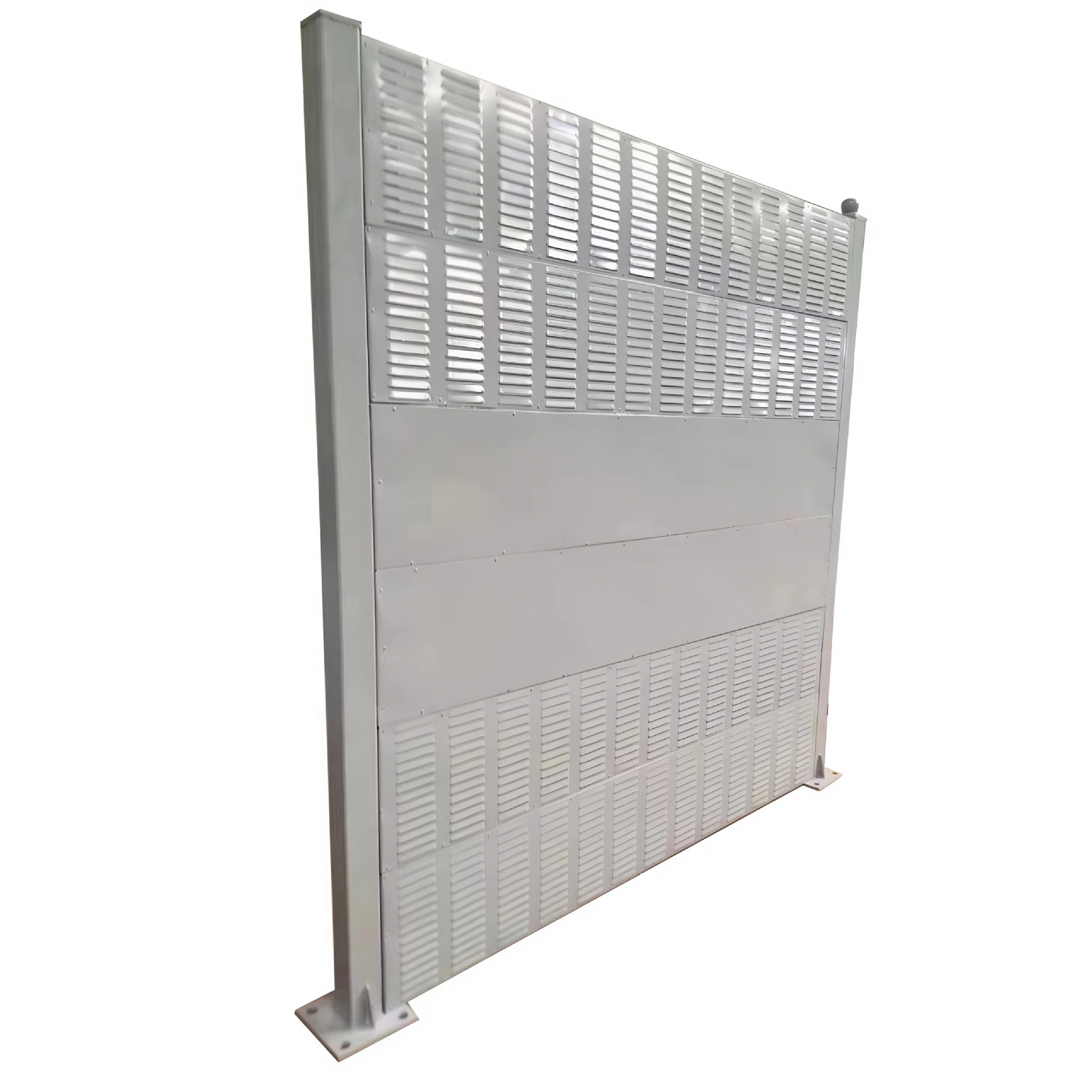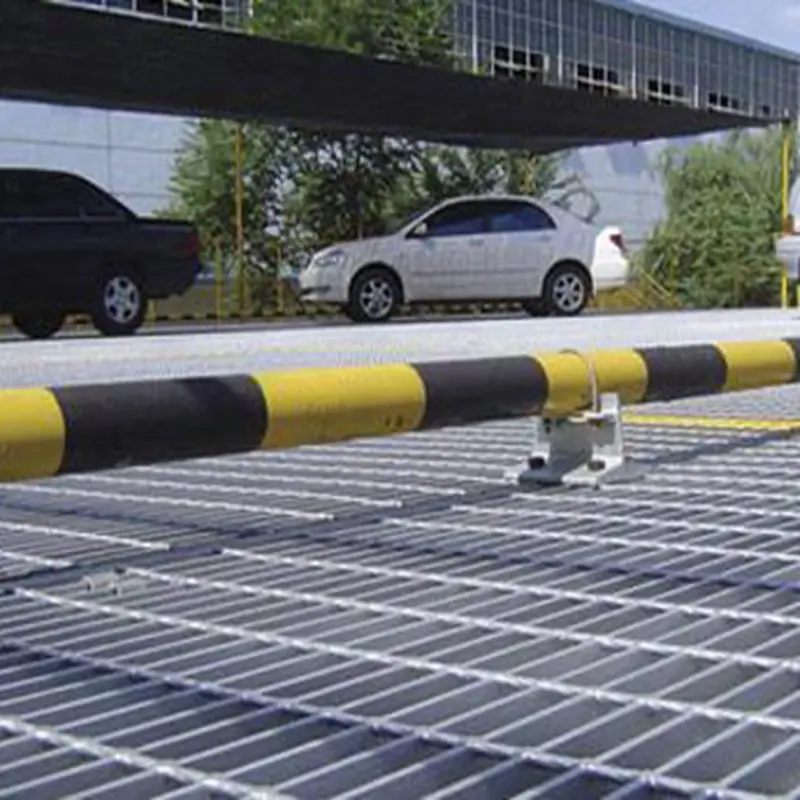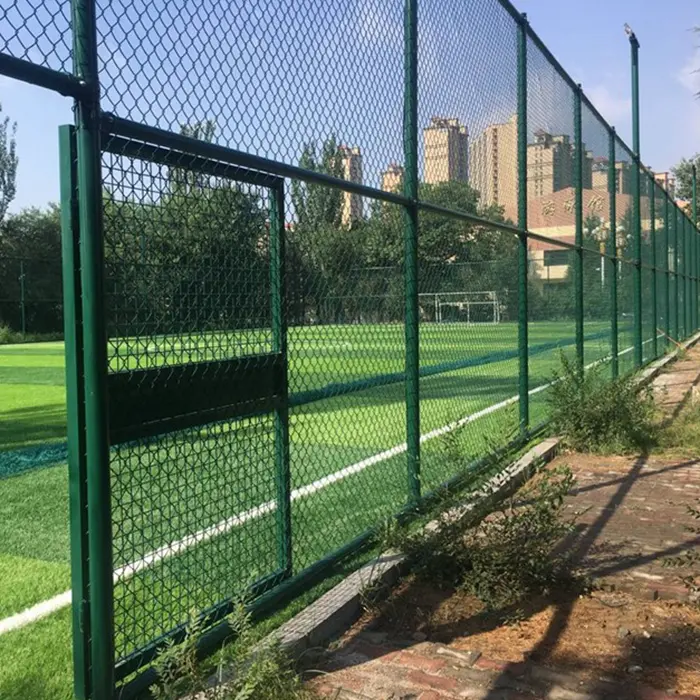A noise barrier, also known as a sound wall or acoustic fence, is a structure designed to reduce unwanted noise pollution by blocking or deflecting sound waves. Typically installed along highways, railways, industrial zones, or residential areas, these barriers help mitigate traffic noise, machinery sounds, and other environmental disturbances to improve quality of life.
Noise barriers work through a combination of mass, density, and design. Common materials include concrete, wood, metal, and composite panels, often with sound-absorbing properties to enhance effectiveness. The height, thickness, and positioning of the barrier play a crucial role in its performance, as taller and denser structures block more noise. Some advanced designs incorporate textured surfaces or insulation layers to absorb and diffuse sound rather than simply reflecting it.
Noise Barrier Walls for Industrial and Roadside Applications
Noise barrier walls are engineered structures designed to mitigate sound transmission in high-noise environments such as highways, industrial zones, and urban areas. Constructed from materials like concrete, composite panels, or sound-absorbing acrylic, these barriers are strategically placed to block, absorb, or deflect noise at its source.
For roadside applications, noise walls are typically 4 to 8 meters tall, positioned alongside freeways to shield residential areas from traffic noise. Industrial versions often incorporate mass-loaded vinyl or mineral wool to dampen machinery sounds. Modern designs also consider aesthetics and airflow, with perforated or textured surfaces that reduce wind resistance while maintaining noise reduction efficiency.
How Noise Barriers Reduce Urban and Traffic Noise Pollution
Noise barriers function by interrupting sound wave propagation, either through reflection, absorption, or diffraction. Dense materials like concrete block low-frequency traffic rumble, while porous composites absorb higher-frequency noises like horns or brakes.
In urban settings, barriers are placed close to noise sources (e.g., roads, railways) to maximize shadow zones—areas where sound levels drop significantly. Strategic angles and heights ensure noise is redirected upward or absorbed before reaching sensitive areas. Advanced designs may include green walls or berms for ecological integration. By reducing ambient noise by 5–10 decibels, these barriers improve public health, sleep quality, and overall livability in noise-polluted areas.







